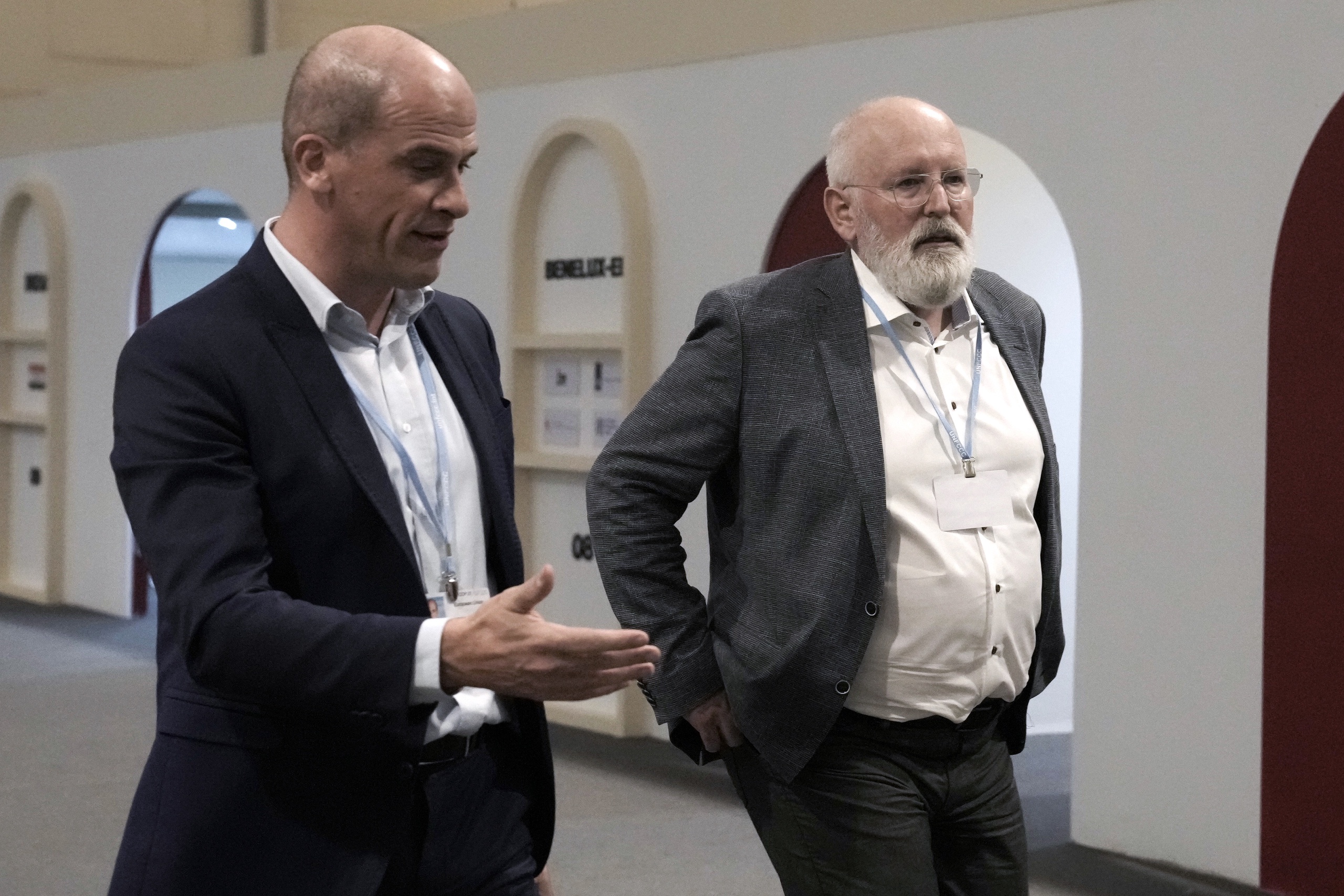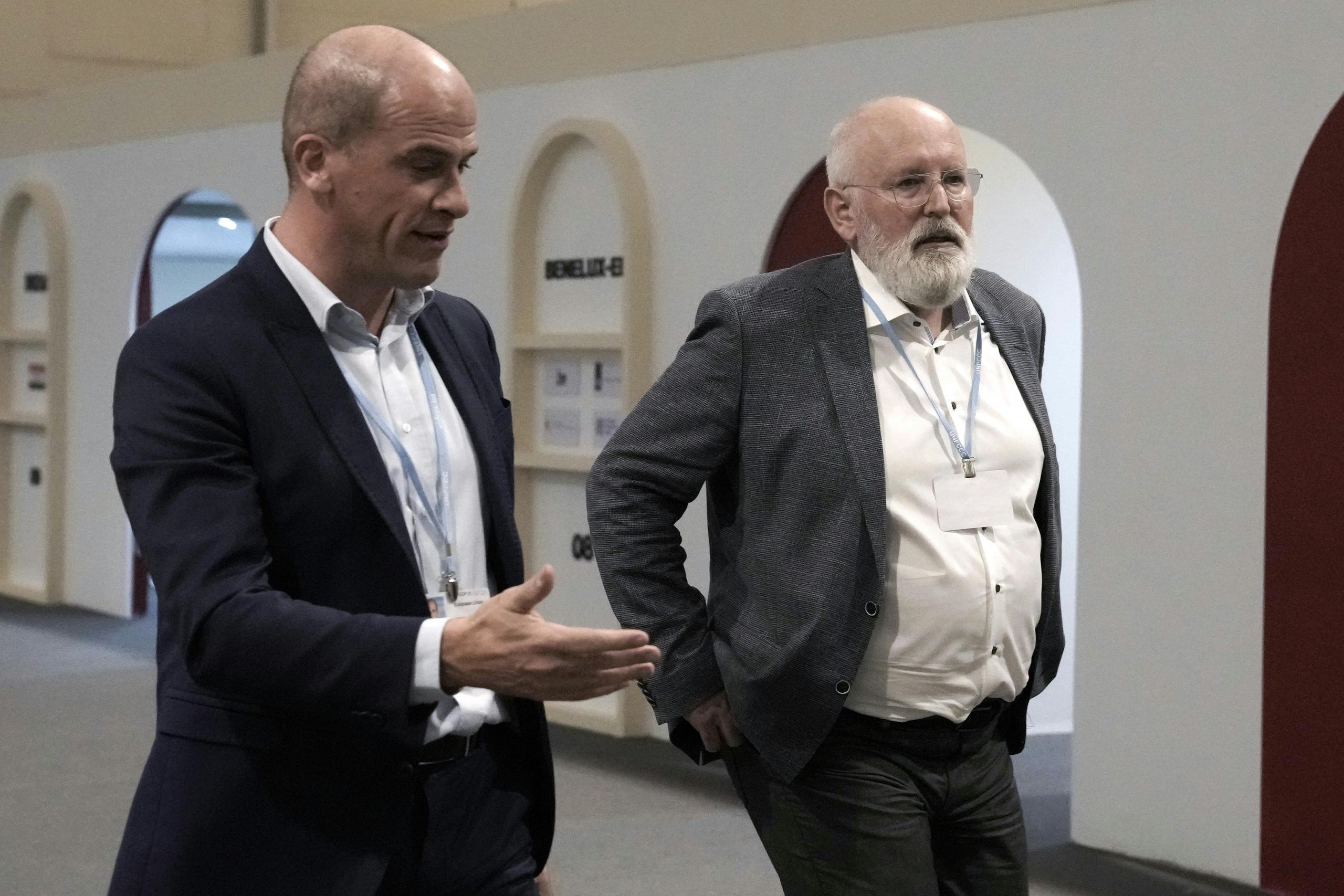According to Diederik Samsom, it is safe to say that the negotiated agreement between the European Council and the European Parliament on the Emissions Trading System, the Social Climate Fund and the CO2 border tax is a step forward. He says so in BNR Koplopers. “We’ve been working on this for three years.”
In 2022 Franz Timmermans’ cabinet chef Samsom in Brussels even thinks the term ‘breakthrough’ is putting it mildly. “With this agreement, we can change everything on the path to a sustainable future. Polluters will pay. Big companies, because they pollute more, but also us, the users of heating and cars. But we make it a double-edged sword, because the income from those payments – tens of billions a year – we We spend sustainability and high costs on people who can’t afford them easily.

Also Read | Nevertheless, Franz Timmermans’ victory: the European Parliament approves more sustainable projects
He talks about the current debate, ‘rapidly rising energy prices’. He insists that paying for pollution will be euro cents on top of the gas bill. ‘Of course, it seems to some extent, because at the moment dozens of cents are added to the gas bill for a cubic meter of gas, but we want to return the revenue of that extra income precisely to those who are struggling the most. .’
activities
In the so-called Social Climate Fund, higher incomes contribute more. ‘Seems only logical to me,’ Samsom continues. Then, it is best to distribute the money in a way that structurally solves the problem. You can cover someone living in a poorly insulated home with their energy bill every month or insulate the home at all of our expense.
Also Read | EU citizens will pay for CO2 emissions from driving and living
In addition to the Social Climate Fund, the EU is busy with measures to limit global warming to one and a half degrees. With the Fit for 55 climate plan – which calls for a 55 percent reduction in greenhouse gases by 2030 compared to 1990 – Europe has put an ambitious strategy on the table that seems to be working better than initially thought. Samsom: ‘Now that the deal has been agreed, we’ve calculated what it will actually deliver: a 57 per cent reduction.’
‘on the edge’
But, he candidly admits, that percentage doesn’t leave much room. ‘It’s on the verge of a degree and a half and, unfortunately, emits only ten percent of the total CO2 in Europe,’ Samsom continues. ‘So what we add to our ambition is not going to make a big difference globally at a particular moment.’
Also Read | Looking back at each other, looking forward to the future – these are the plans
So if the US, China and India don’t participate, staying below one and a half degrees of global warming will be a tough story. “Then we won’t do it,” he continues. “That’s why we’re devoting the other half of our energy — the half that’s not spent on this package — to global negotiations. By taking a leading position yourself, you ensure that other countries will be dragged along, but that doesn’t happen automatically.
Change the focus
As a result, Samsom believes his team’s focus will return in the coming year. “So instead of looking at domestic CO2 legislation, we’re going to look at global negotiations next year leading to a more ambitious China, India or the US. That’s when we’ll get to one and a half degrees.’

“Passionate analyst. Thinker. Devoted twitter evangelist. Wannabe music specialist.”







More Stories
Cooperation between the US and China ensures more stable corporate finance – FM.nl
New US peace proposal for Gaza war ‘may be too smart for either side to say no’
Bitcoin weathers bankruptcy storm in US